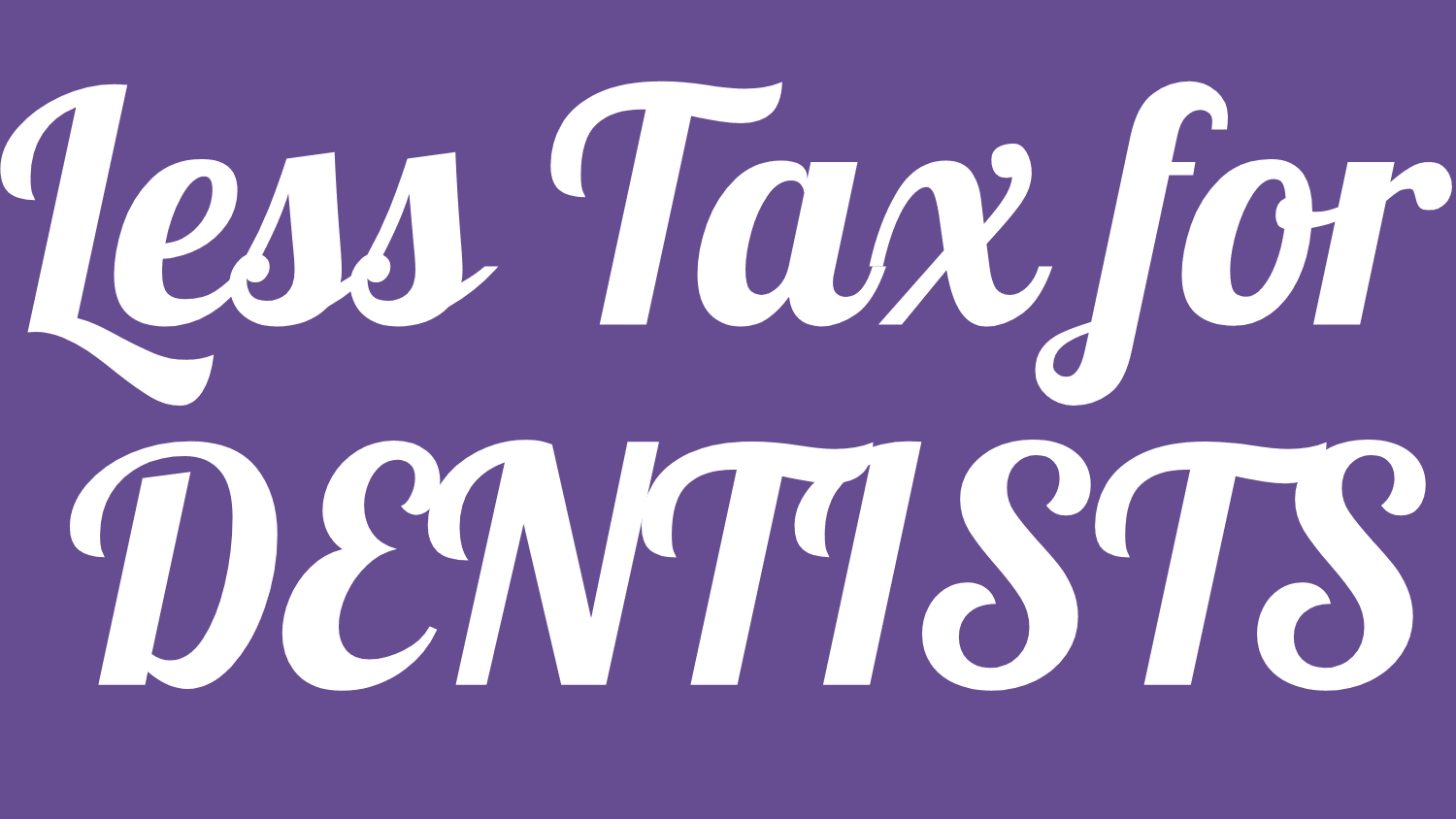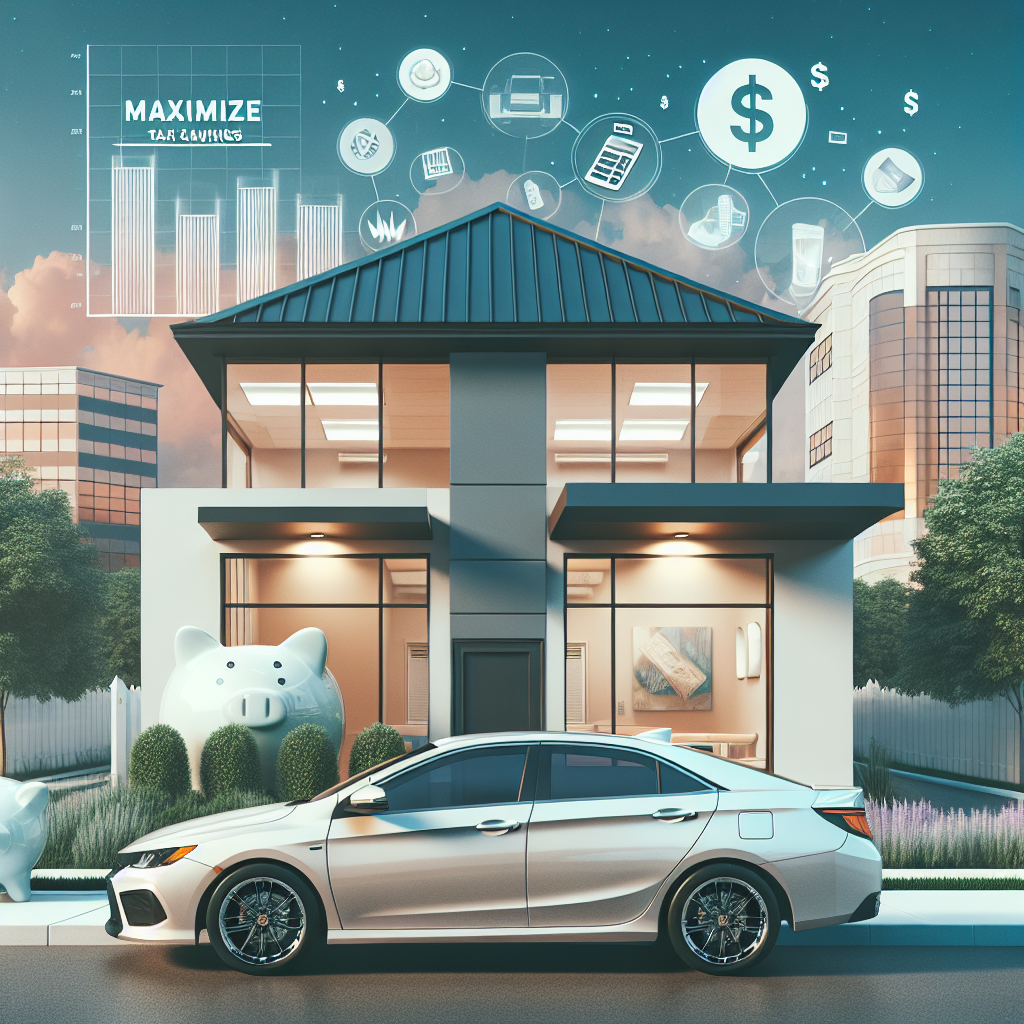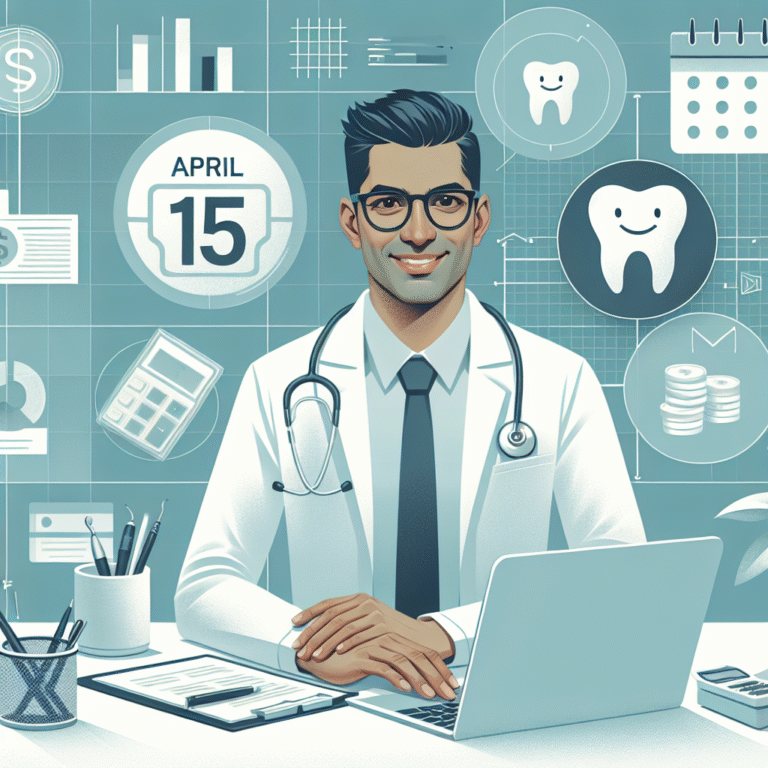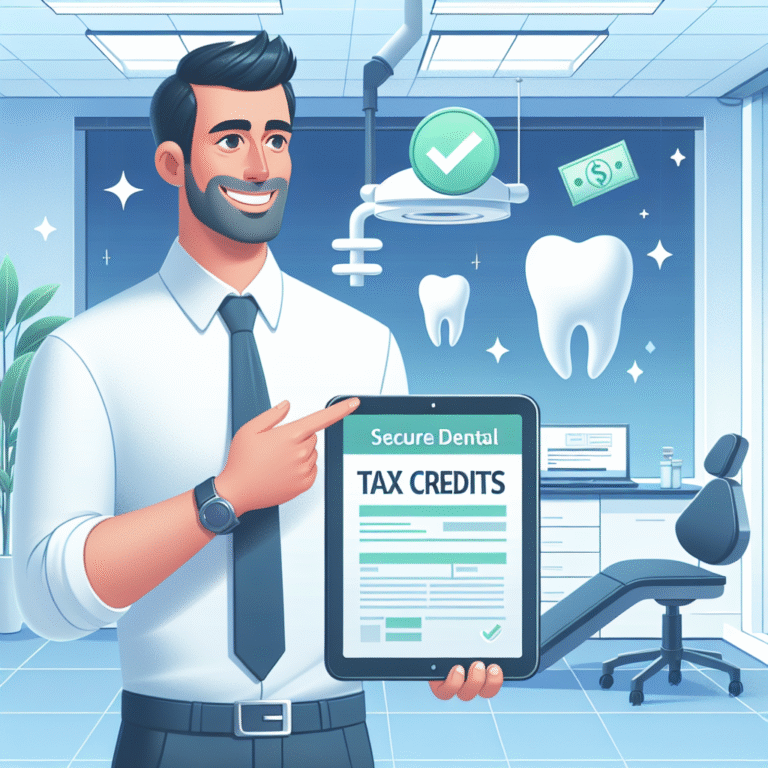Maximize Tax Savings Using Your Vehicle in Dental Practice
As a dental practice owner in the United States, you’re always looking for smart ways to lower your taxes and keep more of your hard-earned money. One area that often gets overlooked? Your vehicle. That’s right—if you’re using your car for work-related purposes, you could be eligible for some valuable tax deductions. Let’s break down how you can maximize tax savings using your vehicle in your dental practice.
What Counts as Business Use?
First things first—not every mile you drive can be written off. The IRS only allows deductions for business-related travel. For dental professionals, this can include:
- Driving to a dental supply store
- Visiting other dental offices for networking or case consultations
- Traveling to conferences, seminars, or continuing education events
- Trips to the bank or accountant related to your dental business
Sorry, your daily commute from home to your clinic doesn’t count. But errands and professional trips beyond your office doors? Those could be deducted.
Choose Your Deduction Method
You have two ways to claim vehicle expenses on your taxes: the standard mileage rate and actual expense method.
1. Standard Mileage Rate
This is the easiest method. You just multiply the number of business miles you drove by the IRS’s annual mileage rate. As of 2024, that rate is 65.5 cents per mile.
So, if you drove 1,000 miles for work, you could deduct $655 from your taxes. Not bad for just keeping track of your mileage!
2. Actual Expense Method
With this method, you add up all your car-related expenses for the year. That includes:
- Gas
- Oil changes
- Repairs
- Insurance
- Depreciation
Then, you deduct the portion that represents business use. For example, if 40% of your total driving was for business, you can write off 40% of those expenses.
This takes a bit more work but can result in a larger deduction—especially if your car expenses are high.
Keep Great Records
No matter which method you choose, documentation is key. The IRS won’t hand out deductions without proof. That means keeping a driving log with:
- Date of trip
- Purpose of trip
- Starting and ending locations
- Number of miles driven
There are plenty of apps that make this easy—like MileIQ or Everlance.
Bonus Tip: Lease vs. Own
Are you leasing your vehicle? You might be able to deduct the business-use portion of your monthly lease payments. If you own it, depreciation rules apply. Either way, it’s a deduction opportunity you don’t want to miss.
Final Thought: Don’t Go It Alone
Maximizing your vehicle tax deductions can lead to real savings for your dental practice. But to make the most of it, consider working with a tax professional who understands small business deductions. They can help you choose the best method and make sure you’re IRS-compliant.
So, is your car doing more than getting you from A to B? If it’s supporting your dental business, it should be supporting your bank account too. Don’t let those hidden tax savings drive away!




